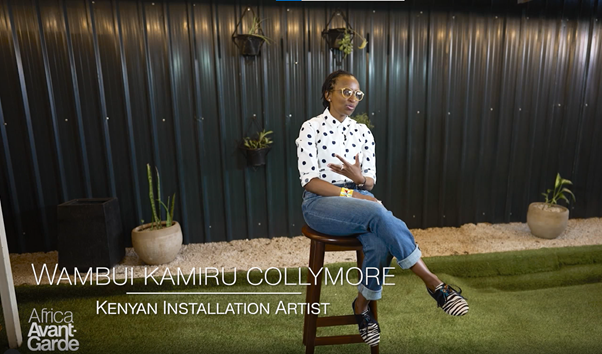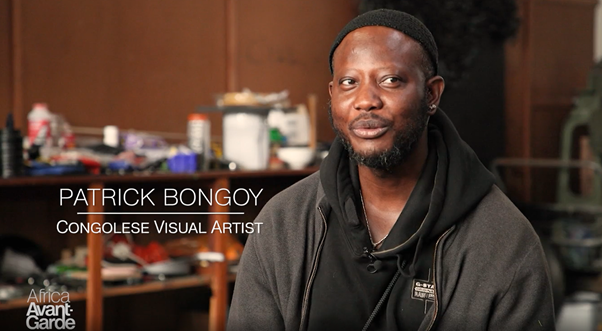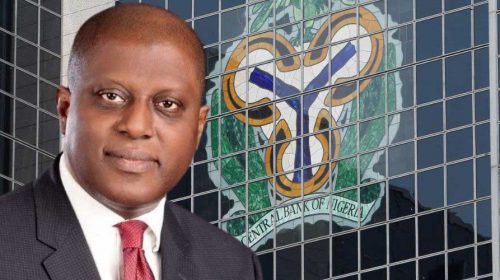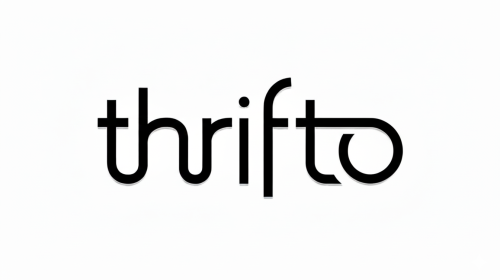CNN’s Africa Avant Garde meets African creators telling stories through installation art

In the latest episode of Africa Avant Garde, African artists, curators, and gallerists spoke to CNN about Installation Art: its uniqueness, its challenges, and the journey from idea to completion.

Installation artist Wambui Kamiru Collymore tells CNN what installation work is, “It can be anything from having a sculpture within a particular space as a single object to tell a particular story, or in my type of work, I use multiple items. I will use the space as an experience.”
Wambui measures the success of an exhibition by the reaction of others, “I know I have made a good installation when people can have conversation around it and can raise new questions that I can explore. I think a good installation simplifies a complex thought.”
She emphasises the importance of the audience experience, “I’m an artist in that I use yourself, as the audience, to come into this space to experience my thoughts and my experiences, and then we can have a conversation around that.”
She also explores the use of different senses, and normally includes three out of the five senses in her installation. “It allows the audience to immerse themselves deeper in the work. It’s not just about seeing the work against the wall,” she says.
Wambui says that her artistic process can last years until she gets to the point of exhibition. The first step is writing, “I tend to keep notes and articles. I like to people-watch and I follow news. I jot down thoughts and have conversations.” The next step is applying this research to her work, “Over time, that transforms itself into, how do I interpret what I heard in that conversation at the restaurant? What items can I put together to show what I was feeling and possibly how the other person was feeling?”
“The installation process is a therapeutic, cathartic experience for me as an artist, and that the end result is the easiest part,” she shares.
Patrick Bongoy is a visual artist who explains the process of his storytelling through art, “When a message comes, you can’t translate it into a painting really. But you have to find a way in which the message can still be translated.”
Installation art is “a language that built itself”, he says, “It’s taking you with direction and you find yourself exhibiting it that way.”
The start of the creative process for Patrick is just an idea in his head, “I don’t have any sketch on the side that I do. Everything is in the head. I have a sense of what direction I want to go to, but also staying open to listening to how the material is directing you.”
However, it can take time to create an art installation, “There’s a lot to take in right from the material, the material story, from the technique applies and from the overall thing. I nearly spent 11 months trying to study, to understand it, to get to exactly what I wanted to be.”
Patrick says that a support system is very important for his work. “To get partners who can fund the work and believes in your dream. It’s a huge accomplishment because we need each other.”
Looking to the future, Patrick and Wambui hope that this artistic space continues to grow. According to Patrick, “The art scene is kind of like opening up to so many possibilities”. Wambui shares her hopes going forward, “I would like to see a space that’s funded so that then it does not have to worry about making money commercially. If art continues to grow in the way that it does, we have a new tool that allows people to awaken to their particular situations and to have voice to what they’re experiencing.”







Leave a Reply